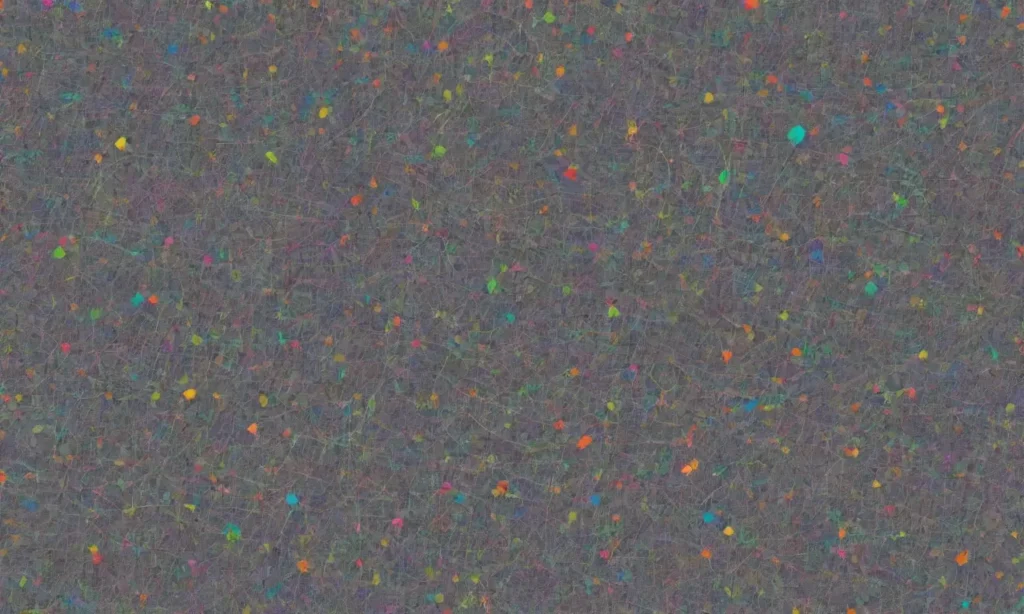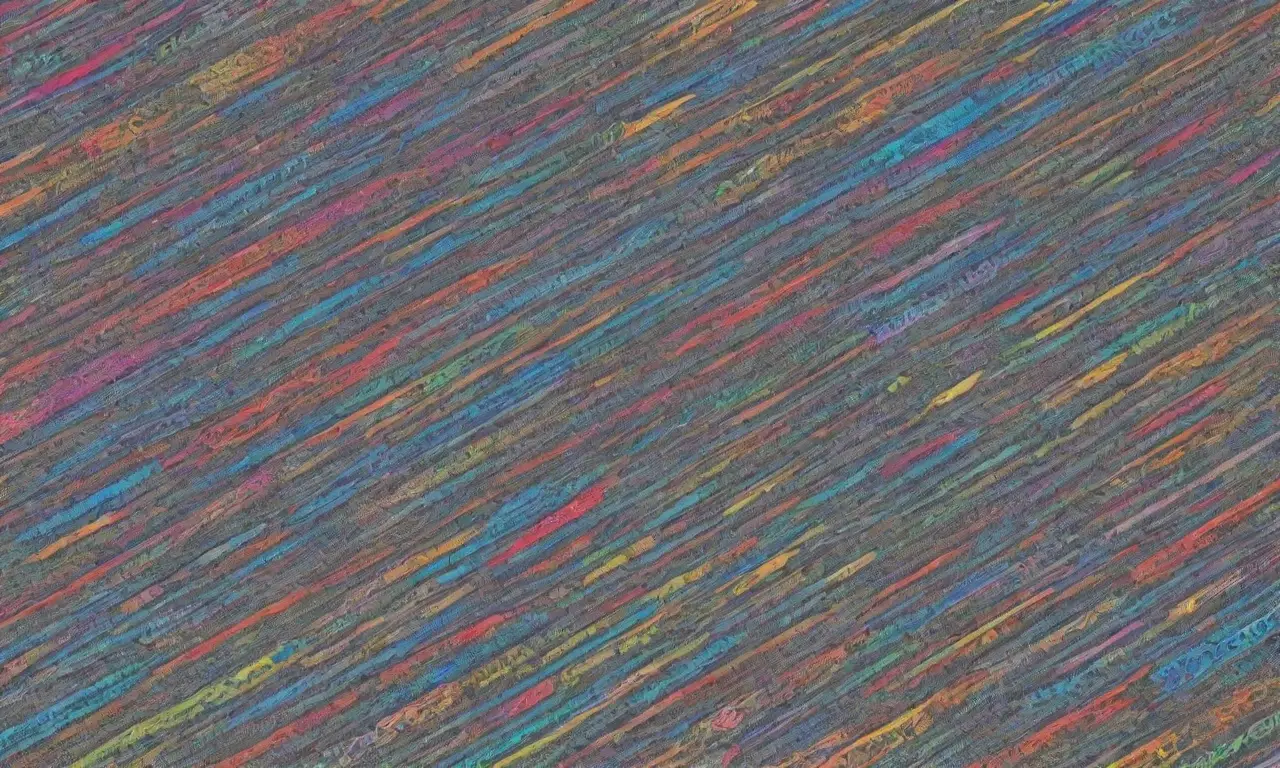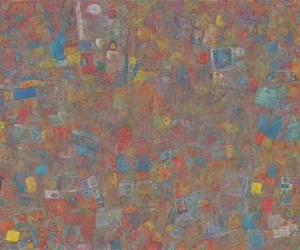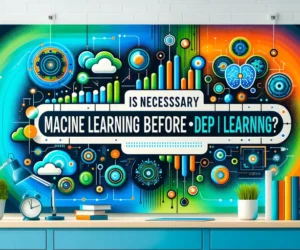
From Comprehensive Datasets to Realistic Image Generation Models

Introduction
In recent years, advancements in artificial intelligence (AI) and machine learning have led to remarkable developments in the field of image generation. These developments have not just been incremental; they have redefined what is possible in terms of creating realistic images from scratch or transforming existing images into different styles or formats. The underlying strength of these innovations largely lies in the comprehensive datasets used to train these models. The interplay between massive datasets and sophisticated algorithms has made it possible to generate images that are often indistinguishable from real photographs.
This article will embark on an extensive exploration of how comprehensive datasets contribute to realistic image generation models. We will discuss the types of datasets used, the unique features of image generation models like Generative Adversarial Networks (GANs), and how the fusion of these elements leads to groundbreaking results. By the end of this article, you will gain a deep understanding of the processes involved in developing realistic image generation models and the significance of data in this transformative technology.
The Importance of Comprehensive Datasets in Image Generation
In the realm of AI and machine learning, a dataset can be defined as a collection of images, labels, or metadata that serves as a foundational training ground for models. The quality and comprehensiveness of these datasets play a critical role in the effectiveness of image generation models. Comprehensive datasets, particularly those that encompass a wide variety of contexts, styles, and qualities, are essential in enabling models to learn nuanced image features.
Types of Datasets Used in Image Generation
There are various types of datasets that researchers and developers utilize when constructing image generation models. Some of these datasets are curated specifically for tasks such as object detection, scene understanding, or artistic style transfer. Popular datasets like ImageNet and COCO (Common Objects in Context) have been instrumental in providing a diverse array of labeled images that can be used for training models. These datasets include not only photographs of objects but also images taken in various environmental settings, helping models to contextualize images effectively.
Building Communities Around AI-Generated Artwork and CollaborationIn addition to generic datasets, there are specialized datasets formulated for niche areas. For instance, researchers may assemble datasets focused solely on medical imagery, such as MRIs or X-rays, to train models in healthcare applications. Other datasets might include artistic styles captured from classic artworks or contemporary graphic designs, enabling models to learn specific visual aesthetics. The diversity in datasets allows for the training of models that are capable of generating not just photorealistic images but also artistic renditions—expanding the horizons of what AI can achieve in image generation.
Quality Over Quantity: The Role of Data Quality
While the sheer volume of data is important, the quality of the data should never be underestimated. High-quality datasets tend to have precise labeling and consistent characteristics, which make the training process for image generation models much more effective. Poor quality data—such as images with low resolution or ambiguous labeling—can introduce noise into the learning process. This noise hinders the model’s ability to understand the underlying patterns and nuances, resulting in images that may lack realism or contain artifacts.
Quality also involves the diversity and representativeness of the dataset. For a model to learn how to generate images that appeal to different audiences and purposes, it must be exposed to variations in color, lighting conditions, and object orientations. The inclusion of diverse images enables the model to generalize better, producing convincing images across various scenarios instead of merely replicating the training samples.
Realistic Image Generation Models: A Closer Look
Once the comprehensive datasets have been prepared, the next step involves applying this data to sophisticated models designed for image generation. Generative Adversarial Networks (GANs) have emerged as one of the leading frameworks for this purpose. The innovative architecture of GANs and their practical applications in image generation highlight their importance in the field, supported by the vast datasets they are trained on.
Creative Coding: Building Your Own Image Generation AlgorithmsUnderstanding GANs
GANs consist of two neural networks—the generator and the discriminator—that are trained simultaneously in a form of adversarial game. The generator creates synthetic images from random noise, while the discriminator evaluates them against real images from the training dataset. The goal of the generator is to improve its output to a level where the discriminator can no longer distinguish between real and synthetic images. This competition leads to remarkable outcomes, as each network pushes the other to improve continuously.
GANs have various adaptations, including StyleGAN, which specializes in creating images with specific styles and(features such as hair, facial features, and more). Another notable variant is CycleGAN, used to transfer the style of one image onto the content of another without paired examples. Understanding these variations enables developers to select the appropriate model for their specific needs, whether it involves creating lifelike images, artistic renditions, or mixed styles.
The Fusion of Data and Algorithms
The effectiveness of GANs and other image generation models relies heavily on the datasets that feed them. The training process requires countless iterations of feedback loops, where the discriminator must encounter numerous types of images to make fair judgments. The richness of the dataset enhances this experience, ultimately enabling the model to generate images that capture intricate details such as reflections, shadows, textures, and contextual backgrounds in a realistic manner.
Moreover, well-structured datasets facilitate better generalization, which is a crucial aspect of generating images that reflect real-world scenarios. Models trained on limited or narrow datasets may produce impressive results but fail whenever they encounter novel situations. However, comprehensive datasets that cover a broader spectrum of scenarios equip models to adapt their outputs based on varied input, thus ensuring versatility and applicability in different domains.
The Role of Latent Space in Generating Diverse Image OutcomesEvaluation Metrics in Image Generation
The evaluation of image generation models is another critical aspect of their development. Various metrics, such as Inception Score (IS), Fréchet Inception Distance (FID), and Peak Signal-to-Noise Ratio (PSNR), are used to assess the quality of generated images. Inception Score measures how distinctive and believable the generated images are, while FID quantifies the similarity between real and generated images, providing insights into their respective distributions.
These metrics are valuable tools relying on the robustness of the datasets used for testing, as they help determine whether the models are genuinely performing well. A diverse and high-quality dataset will yield more reliable evaluation metrics, ultimately guiding developers on areas for improvement and model enhancement.
Challenges and Future Directions

As the field of image generation continues to evolve, there remain various challenges in optimizing the fusion of comprehensive datasets and realistic image generation models. One prominent challenge is the ethical implications of AI-generated imagery, particularly when it comes to the potential for misuse or the creation of misleading content. More robust strategies for regulating and validating AI-generated images are essential, especially as they become increasingly convincing.
Trends in Generative Art: What’s Next for Image Generation?Data Privacy and Ethical Challenges
With the utilization of extensive datasets often comes concerns around data privacy. Various datasets may include images of real people or property without consent. This raises ethical questions about ownership, appropriation, and how these images are used in training models. Developers and researchers need to navigate these complexities thoughtfully, ensuring that datasets are compliant with legal standards and ethical practices.
Another ethical consideration involves the potential for manipulating reality or creating misleading representations through image generation. This is particularly relevant in the context of deepfakes, which have gained notoriety for their potential to fabricate realistic but false information. As image generation models become more sophisticated, there is an urgent need to develop standards and protocols to prevent misuse while encouraging the positive applications of image generation technology.
Embracing New Technology and Approaches
The future of image generation is promising, largely thanks to ongoing innovations in both datasets and algorithms. Emerging technologies like unsupervised learning may provide avenues for utilizing datasets more effectively, allowing models to learn from unstructured data without requiring extensive labeling. This could dramatically expand the spectrum of visually compelling images that AI can generate.
Additionally, future iterations of image generation models may harness transfer learning, where knowledge gained from one domain can be applied to another. This capability could lead to models capable of generating images from smaller, specialized datasets while retaining a high level of realism. Integrating advanced techniques with comprehensive datasets will play a crucial role in overcoming existing challenges and could lead to breakthrough applications across various fields, including gaming, virtual reality, and advertising.
Image Generation in Fashion: How AI Is Changing the IndustryConclusion
The journey from comprehensive datasets to realistic image generation models represents a fascinating intersection of technology, creativity, and ethical considerations. Such advances have broadened the scope of what computers can achieve in terms of visual representation, effectively challenging our traditional notions of art, photography, and storytelling. The datasets that drive these systems serve not only as foundational blocks for training but also as guides that shape the diversity and quality of generated images.
As we continue to harness the power of machine learning and improve upon the algorithms that power image generation, it’s crucial to remain cognizant of why and how these technologies are developed and employed. Integrity, ethical considerations, and potential implications must be at the forefront of future developments. Ultimately, the fusion of comprehensive datasets with advanced image generation models offers limitless possibilities that promise to redefine creativity and innovation in the visual domain, making the future of this field incredibly exciting to witness.
If you want to read more articles similar to From Comprehensive Datasets to Realistic Image Generation Models, you can visit the Image Generation category.



You Must Read